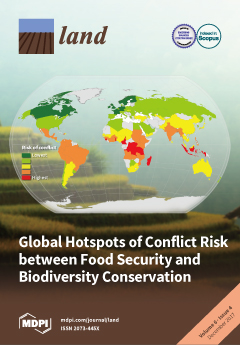Resource information
In the Mongolian Plateau, the desert steppe, mountains, and dry lake bed surfaces may affect the process of dust storm emissions. Among these three surface types, dry lake beds are considered to contribute a substantial amount of global dust emissions and to be responsible for “hot spots” of dust outbreaks. The land cover types in the study area were broadly divided into three types, namely desert steppe, mountains, and dry lake beds, by a classification based on Normalized Difference Water Index (NDWI) calculated from MODIS Terra satellite images, and Digital Elevation Model (DEM). This dry lake beds extracting method using remote sensing offers a new technique for identifying dust hot spots and potential untapped groundwater in the dry lands of the Gobi region. In the study area, frequencies of dry lake bed formation were calculated during the period of 2001 to 2014. The potential dry lake area corresponded well with the length of the river network based on hydrogeological characterization (R2 = 0.77, p < 0.001). We suggest that the threshold between dry lake bed areas and the formation of ephemeral lakes in semi-arid regions is eight days of total precipitation.


